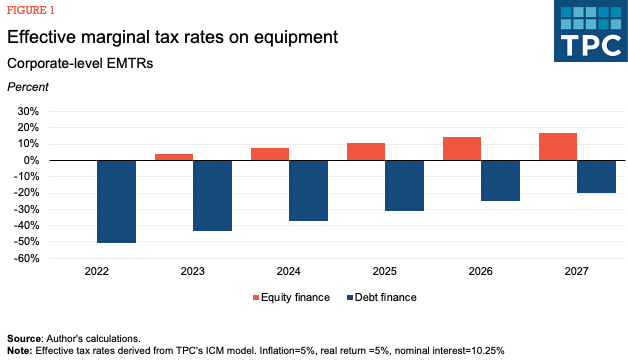Christmas Trees and Gifts from the PTAB (Patent Trial and Appeal Board) | Seyfarth Shaw LLP
With Christmas being a few days away, those that celebrate have likely had their tree prepared for a few weeks. Some people are Team Fake Tree, while others are ardent supporters of Team Real Tree. Unfortunately, this matchup is not as exciting as last weekend’s World Cup final. According to the National Christmas Tree Association there are approximately 25-30 million real Christmas trees sold in the U.S. every year. Real trees have various advantages over fake trees. For example, some argue that real trees smell and look better. However, real trees can be messy and can be difficult to set up. In addition, real trees may be a fire hazard. A 2022 study by the National Fire Protection Association (NFPA) indicates that from 2016 to 2020, a U.S. fire department responded to an estimated average of 160 home structure fires, per year, that began with the ignition of a Christmas tree. These fires cause an annual average of two civilian deaths, eleven civilian injuries, and $12 million in property damage. Fortunately, Santa Claus, his elves, and his reindeer have not been injured in any of these fires. Notwithstanding, there is a need to prevent Christmas tree fires.
As necessity is the mother of invention, the need to prevent Christmas tree fires has led to numerous patent applications in this area. For example, U.S. Patent Application No. 11/799,902 is directed to a fire prevention and extinguishing system that includes a portable case, a hose, and a heat sensor.
As shown in the image, a portion of the hose is positioned with the tree, and an end of the hose is coupled to a fire extinguisher within the portable case. Upon determining a temperature has exceeded a threshold, the heat sensor actuates the fire extinguisher so that the fire extinguishing contents are discharged via the portion of the hose within the tree. As noted in the ‘902 application, “within seconds the tree fire is automatically extinguished and the occupants are warned of the fire, both audibly and visually, thereby saving lives and/or minimizing property damage.”
As another example, U.S. Patent Application No. 11/894,707 is directed to a fire extinguishing system.
As shown in the images, the ‘707 application includes a tree topper and a smoke and/or flame detection device attached to the tree topper. The system also includes an electronic and/or mechanical triggering/actuation device attached to the tree topper. Additionally, the system includes an extension tube for the transfer of fire suppression material, a reservoir such as a handheld fire extinguisher for extinguishing material, including an apparatus for interfacing with the reservoir, and an electrical support system and backup.
Unfortunately, the inventors of the ‘902 and ‘707 applications had to deal with the Grinch known as prior art. Neither application was distinguishable over the cited prior art, leaving each inventor with a modern day lump of coal – an abandoned patent application. The similarities between the applications are not limited to the nature of the inventions and the failure to receive a notice of allowance. Both applications share the distinction of using the term “and/or” in their specifications. Non-US practitioners, particularly European practitioners, were fond of the “and/or” language in the claims, and specification, for numerous reasons.
Like Hans Gruber trying to wreak havoc in Die Hard (yes, it’s a Christmas movie), USPTO examiners spoiled all the fun by rejecting claims as being indefinite based on their use of “and/or.” These rejections were head scratchers because the meaning of the term is pretty simple, “A and/or B,” means “only A, only B, or A and B.” Due to these rejections, the use of the term “and/or,” in the claims and specification, was on the naughty list. U.S. practitioners used various substitutes, such as “one or more of A or B,” “at least one of A and B,” “A, B, or any combination therefore,” or any combination of the aforementioned terms.
Fortunately, in 2014, nine days after Christmas, the PTAB gave us all a belated gift in the ex parte Gross (PTAB 2014) decision. The Board’s seismic decision can be summarized in one sentence: “We agree with Appellant that ‘and/or’ covers embodiments having element A alone, element B alone, or elements A and B taken together.” The Board did note that the “preferred verbiage” should be more simply “at least one of A and B.”
In some cases, the use of “at least one of A and B” has been interpreted as “at least one of A and at least one of B.” See ex parte Jung. Given this interpretation, we often recommend keeping it simple by using “A and/or B.” If you come across an examiner and/or a practitioner that disfavors the use of “and/or,” remind them it’s on the PTAB nice list, as well as being accepted in foreign jurisdictions.








